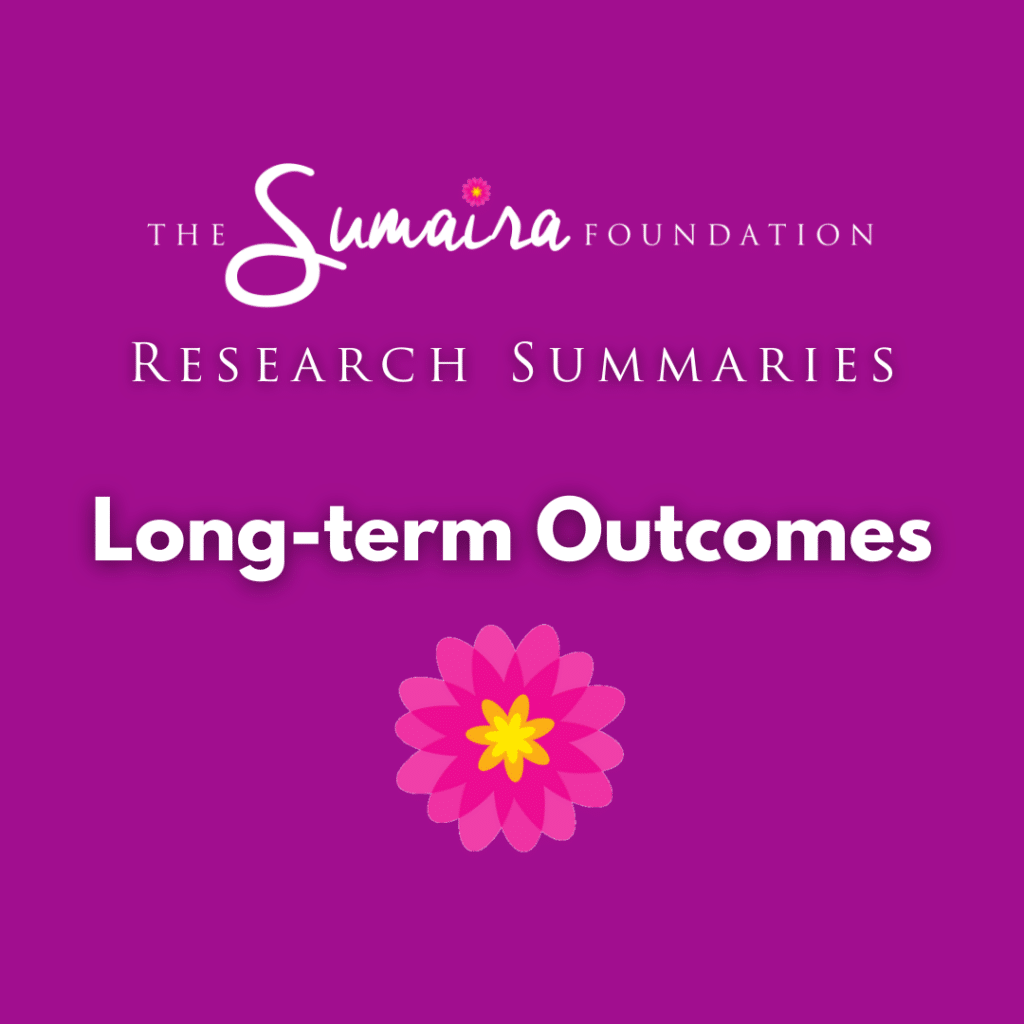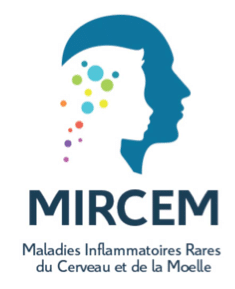
Longitudinal Retinal Changes in MOGAD
Journal: Annals of Neurology; September 1, 2022
Author(s): Frederike Cosima Oertel, Elias S Sotirchos, Hanna G Zimmermann, Seyedamirhosein Motamedi, Svenja Specovius, Eva Susanna Asseyer, Claudia Chien, Lawrence Cook, Eleni Vasileiou, Angeliki Filippatou, Peter A Calabresi, Shiv Saidha, Lekha Pandit, Anitha D'Cunha, Olivier Outteryck, Hélène Zéphir, Sean Pittock, Eoin P Flanagan, M Tariq Bhatti, Paulus S Rommer, Gabriel Bsteh, Tobias Zrzavy, Tania Kuempfel, Orhan Aktas, Marius Ringelstein, Philipp Albrecht, Ilya Ayzenberg, Thivya Pakeerathan, Benjamin Knier, Lilian Aly, Nasrin Asgari, Kerstin Soelberg, Romain Marignier, Caroline Froment Tilikete, Alvaro Cobo Calvo, Pablo Villoslada, Bernardo Sanchez-Dalmau, Elena H Martinez-Lapiscina, Sara Llufriu, Ari J Green, Michael R Yeaman, Terry J Smith, Alexander U Brandt, John Chen, Friedemann Paul, Joachim Havla; with the GJCF International Clinical Consortium for NMOSD and the CROCTINO study group
Evaluation of long-term damage to the retina in MOGAD patients
MOGAD patients suffer severe optic neuritis, which can lead to damage to the nerve fibers in the retina. In this study, researchers assessed whether retinal damage continues accruing even without active relapses, by using a technique called optical coherence tomography (OCT). They found that new instances of retinal damage are unlikely to occur without an active MOGAD optic neuritis relapse, but the effects of the damage caused by any episode can continue for up to 1 year.
Free Access: Full text
































